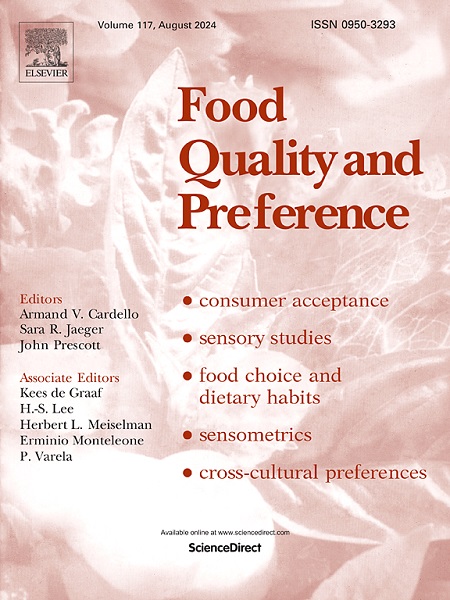Japanese-made or Chinese-made? Exploring the country-of-origin (COO) effect on insect-based foods
IF 4.9
1区 农林科学
Q1 FOOD SCIENCE & TECHNOLOGY
引用次数: 0
Abstract
Over the past decade, insect-based food has garnered increasing attention from both the public and researchers. As the insect-based food market continues to develop, cross-border trade will become an integral part of this growing industry. This highlights the necessity for both researchers and practitioners to pay closer attention to the country-of-origin (COO) effect in the context of these novel foods. The current research focused on Eastern countries and revealed that Japanese consumers are more willing to accept insect-based foods produced in Japan than those produced in China. Additionally, our findings show that both the country where the insect-based foods are processed (COO of processing) and the country where the insect ingredients are farmed (COO of farming) influence consumer acceptance of insect-based foods. Moreover, the COO effect does not appear to be driven primarily by the congruence between the COO of brand and the COO of processing. Importantly, we examined several mechanisms underlying the COO effect, demonstrating that Japanese consumers perceive Japanese-made insect-based foods as safer and tastier than their Chinese-made counterparts. Besides, they perceive that purchasing Japanese-made products would be viewed more favorably by others. The differences in these three aspects ultimately lead to higher acceptance of Japanese-made insect-based foods.
求助全文
约1分钟内获得全文
求助全文
来源期刊

Food Quality and Preference
工程技术-食品科技
CiteScore
10.40
自引率
15.10%
发文量
263
审稿时长
38 days
期刊介绍:
Food Quality and Preference is a journal devoted to sensory, consumer and behavioural research in food and non-food products. It publishes original research, critical reviews, and short communications in sensory and consumer science, and sensometrics. In addition, the journal publishes special invited issues on important timely topics and from relevant conferences. These are aimed at bridging the gap between research and application, bringing together authors and readers in consumer and market research, sensory science, sensometrics and sensory evaluation, nutrition and food choice, as well as food research, product development and sensory quality assurance. Submissions to Food Quality and Preference are limited to papers that include some form of human measurement; papers that are limited to physical/chemical measures or the routine application of sensory, consumer or econometric analysis will not be considered unless they specifically make a novel scientific contribution in line with the journal''s coverage as outlined below.
 求助内容:
求助内容: 应助结果提醒方式:
应助结果提醒方式:


